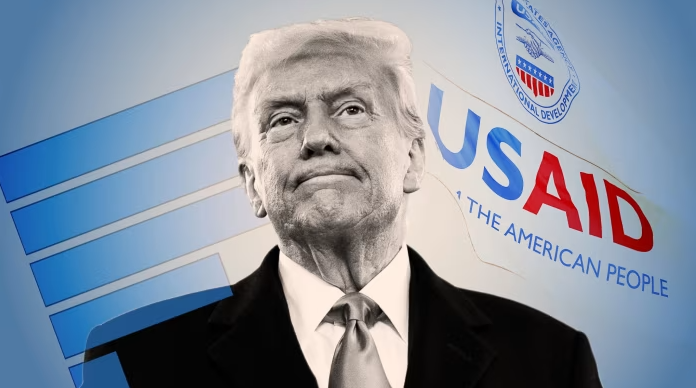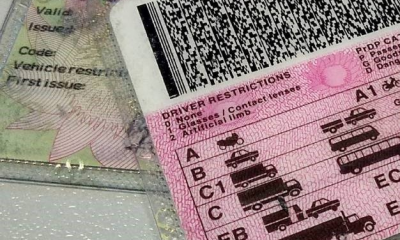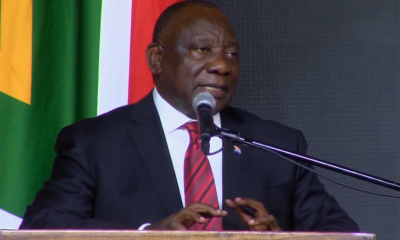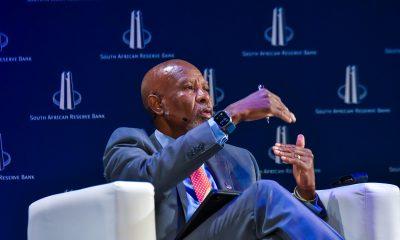411
The Truth About US Funding Cuts to South Africa

Misinformation about the US government’s decision to cut aid to South Africa has been widespread. Many assume that these cuts are unique to South Africa, that PEPFAR funding is unaffected, or that President Donald Trump had the unilateral right to stop aid. However, a closer look at the situation reveals a more complex picture.
US Aid Cuts Extend Beyond South Africa
A common belief is that the US halted its funding to South Africa in retaliation for the country’s legal action against Israel at the International Court of Justice (ICJ) and its passing of the Expropriation Act. While Trump did issue an executive order on February 7, citing these policy decisions, the funding cuts had already begun before this directive.
On January 20, Trump signed an order suspending most international development funding for a 90-day review period. This pause led to widespread shutdowns of US-funded programs across the world, including in South Africa. The review later concluded that most grants were not in America’s national interest, leading to their cancellation.
The impact has been severe, with USAID-backed programs shutting down not just in South Africa but across Africa. In famine-hit Sudan, food programs closed, while in Ethiopia, shelters for rape survivors were forced to shut their doors. The cuts affected thousands, including HIV and TB patients in South Africa who relied on USAID-supported clinics.
Also Read: USAID Cuts Contracts Worldwide, Collapsing Services for Millions and Endangering Lives
PEPFAR Was Not Spared
Many assumed that PEPFAR, the US program funding HIV treatment and prevention, would be protected from these cuts. The US State Department issued a waiver allowing “life-saving humanitarian activities” to continue, including the distribution of antiretrovirals (ARVs) for HIV patients.
However, investigations found that USAID-funded PEPFAR programs in South Africa did not receive these exemptions. While the Centers for Disease Control and Prevention (CDC) resumed its PEPFAR funding after a court ruling, USAID-backed initiatives remained frozen. Some South African organizations submitted revised budgets to keep core services running, but approval never came.
By the end of February, USAID moved from suspending funds to outright terminating contracts. This left many without access to HIV treatment, raising concerns about rising infection rates and treatment interruptions.
Trump Could Not Unilaterally Halt Aid
Some South African officials argued that Trump had the right to stop aid because the US was not obligated to provide it. However, US foreign aid is controlled by Congress, not the president. The Trump administration’s decision to cut off funding has led to legal battles, with critics arguing that it overstepped constitutional limits by overriding congressional appropriations.
Moreover, while the US is not required to continue funding foreign aid indefinitely, it had existing contracts with organizations worldwide. Unlike other nations that announced long-term reductions, the US issued immediate stop-work orders, leaving beneficiaries stranded without alternative support.
A Growing Crisis with No Immediate Solutions
The sudden cuts have placed South Africa’s health system under strain, particularly in HIV and TB treatment programs. Despite the urgency, the South African government has been slow to respond. The Department of Health only met with affected organizations in early March, and no new funding has been allocated to replace the lost aid.
Experts warn that without intervention, these cuts could lead to thousands of preventable deaths in the coming years. The global impact of the US decision extends far beyond politics, with the most vulnerable communities bearing the brunt of the crisis.
Follow Joburg ETC on Facebook, Twitter , TikTok and Instagram
For more News in Johannesburg, visit joburgetc.com
Sourced:African Insider


























